
views
- Snake eyes piercings go through the tip of the tongue horizontally. Many piercers consider them dangerous and refuse to offer them to clients.
- This piercing can damage your teeth and gums since the jewelry is positioned so closely to them.
- A snake eyes piercing interferes with your tongue’s muscle structure, and can easily be rejected (forced out).
What are snake eyes piercings?
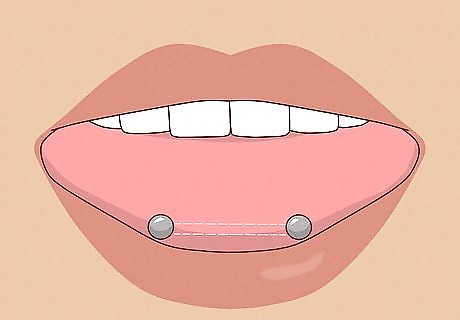
A snake eyes piercing goes through the end of the tongue horizontally. Unlike a traditional tongue piercing, where the jewelry enters and exits the tongue vertically, the snake eyes piercing enters the tongue horizontally, going directly through the muscle (creating two points of entry). A curved barbell with jewelry on both ends is inserted through the tip of the tongue, creating the appearance of “snake eyes” within the mouth. It can also be done with a straight barbell. A snake eyes piercing is different from a “snake bites” piercing—this is a pair of piercings placed beneath the lower lip. Snake eyes piercings can take up to 2 months to heal. They also have similar aftercare instructions to other tongue piercings, with piercers recommending a piercing-grade spray and piercing-grade mouthwash. The average tongue piercing can take anywhere from 6-8 weeks to heal up completely.
Are snake eyes piercings safe?
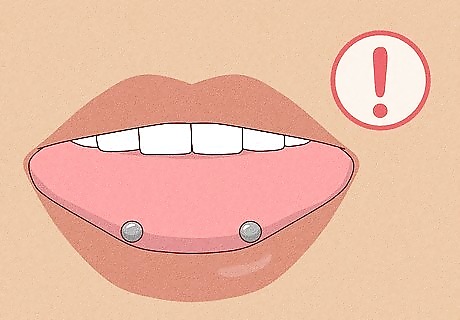
No, this piercing isn’t safe, and the pros advise against getting it. As cool as this piercing may look, it comes with a ton of risks, like damaging your teeth and gums. It can also inhibit the tongue, given the way it goes through the muscle. Because of all the potential complications, many professional piercers won’t offer this service. Given the positioning of the piercing, it’s very likely that the tongue will “reject” the piercing, or force it out entirely. The state of Oregon has actually banned piercers from offering horizontal tongue piercings. The Association of Professional Piercers (APP) doesn’t endorse the snake eyes piercing, as it isn’t compatible with their “Traditional Placement for a Tongue Piercing” list.
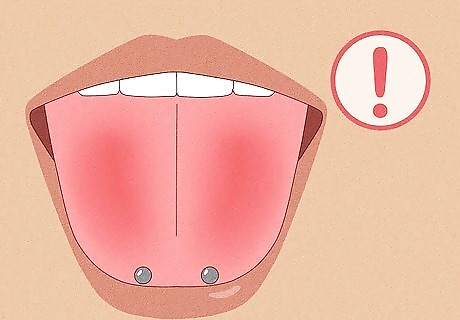
This piercing interferes with your tongue’s muscular structure. The human tongue is split into two identical halves that contain the same muscle groups. Although these halves are connected, they each still move on their own. When the tongue is pierced horizontally, both halves of the tongue are limited in their movement. Your tongue’s muscle groups will naturally combat the intruding piercing, which often leads to a “rejection.”

The piercing can damage your gums and teeth. When we speak, our tongues form unique shapes to create different sounds. When you get a snake eyes piercing, your jewelry may come in contact with your teeth and gums, which can create long-term damage. Traditional tongue piercings are positioned in a way that won’t damage your teeth or gums.
Safer Alternatives
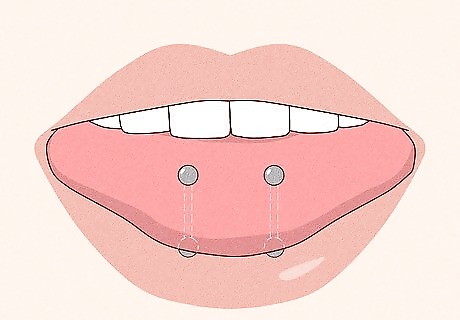
Paired vertical tongue (“venom”) piercings At a glance, these piercings look very similar to a snake eyes piercing—they just sit on the surface of the tongue rather than on the sides. These piercings are much safer since they go through the tongue vertically rather than horizontally. Keep in mind that these piercings take about 3 months/12 weeks to fully heal up, which is a bit longer than the average tongue piercing. This piercing uses straight barbells for jewelry.

Traditional tongue piercing A traditional tongue piercing is a single piece of jewelry that goes through the tongue vertically. For any vertical tongue piercing (including venom piercings), the piercer aligns the jewelry about a ⁄4 in (1.9 cm) behind the tip of the tongue, just in front of the tongue webbing. Like venom piercings, traditional tongue piercings won’t mess with your tongue’s muscular structure. This piercing also uses straight barbells.
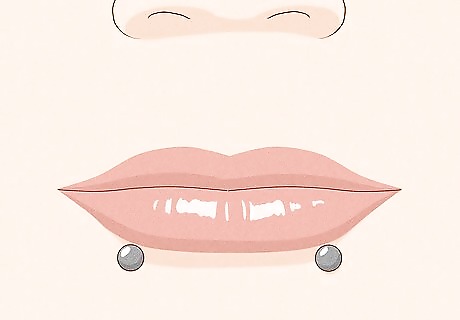
Snake bites piercing A snake bites piercing is a pair of two labret piercings, which are piercings arranged around the bottom lip. These piercings are symmetrically placed along the lower lip, and can be done with both rings and studs. Snake bites can heal up anywhere between 2 weeks and 2 months.
Key Takeaways

Getting a snake eyes piercing isn’t a good idea. A snake eyes piercing can easily bump into your teeth and gums, creating long-term dental problems. It also inhibits your tongue’s muscles and is likely to be rejected by your body (which is ultimately a waste of your time and money). In some areas, it’s illegal for piercers to even offer this type of piercing. If you do choose to get this piercing, make sure you’re going to an experienced piercer who operates a hygienic business (e.g., they have an autoclave to sterilize their equipment) and who has plenty of good reviews. If your piercing is excessively swollen, actively painful, and/or creating pus, it’s probably infected. See a medical professional right away to get treated.

Get a venom-style piercing if you want a paired tongue piercing. A paired vertical tongue piercing (also known as a venom piercing) is a much safer alternative to a snake eyes piercing. It offers a similar jewelry style without any of the risks associated with horizontal tongue piercings. Never play around with the new tongue piercing, as tempting as it may be. This can contribute to noticeable, uncomfortable scar tissue. Use small pieces of ice or ibuprofen to help cope with pain and swelling after the fact. When you head to bed, prop your head up with pillows.



















Comments
0 comment